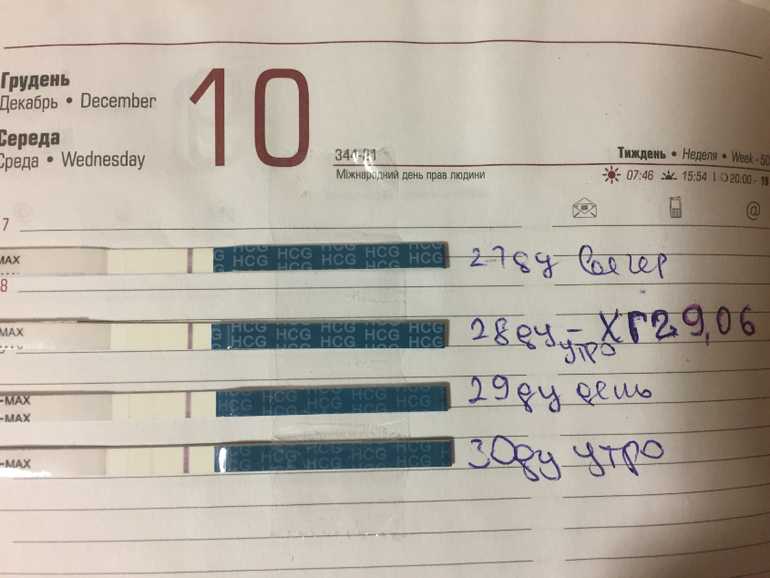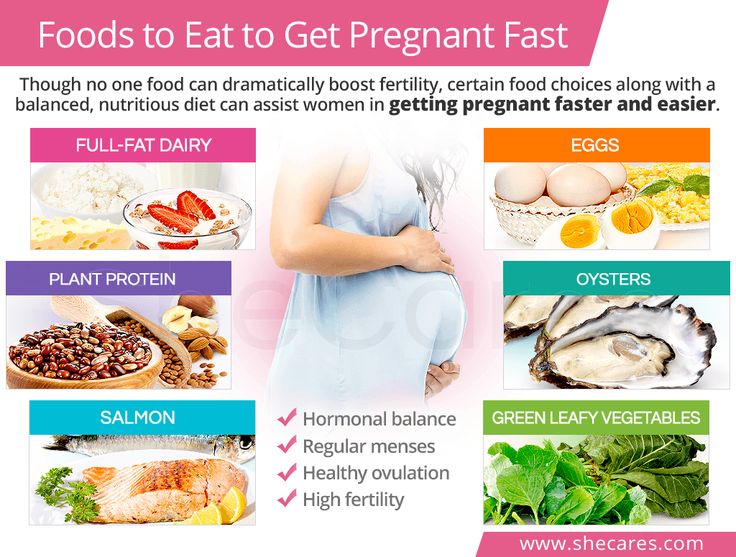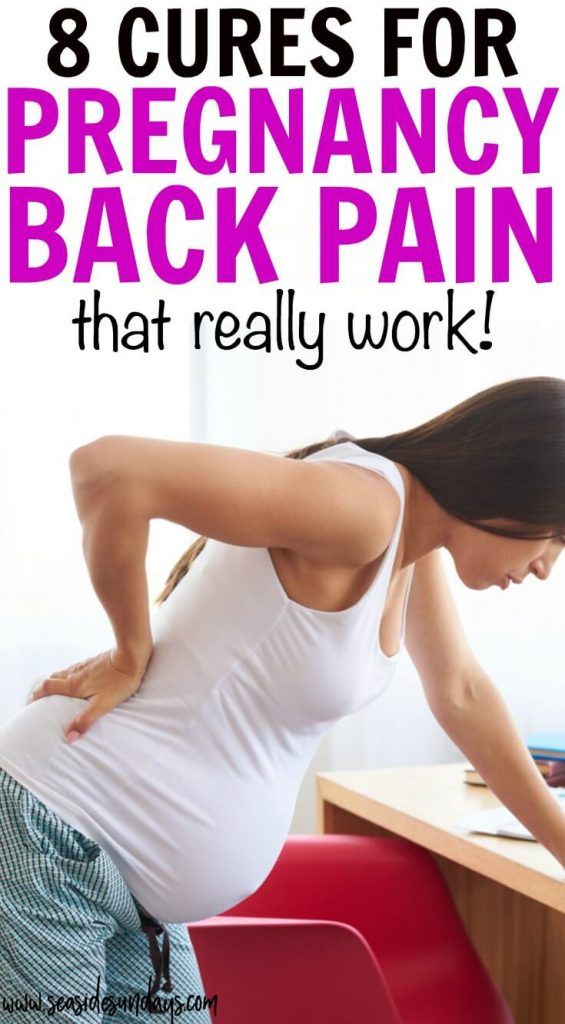Cst in pregnancy
Purpose, Procedure, Risks and Results
OverviewDoctors perform a contraction stress test (CST) for pregnant women to examine the baby for signs of stress during uterine contractions. During this test, the doctor induces mild contractions to monitor the strength of the contractions and the baby’s heartbeat.
This blog gives a comprehensive understanding of a contraction stress test, its purpose, the procedure, and the results.
What is a contraction stress test?Doctors perform CST on pregnant women to measure the baby’s heart rate during labour contractions. In this test, the doctor gives the pregnant woman a hormone medication known as oxytocin to contract the uterus.
These contractions are identical to labour contractions. However, they usually don’t start labour.
During labour contractions, the baby’s blood and oxygen supply temporarily drop. Most babies can handle this drop, but the heart rates of some babies are lower even after the contraction ends. This test examines the baby’s tolerance level to the decrease in blood and oxygen.
As mentioned above, the doctor gives an expectant mother a hormone medication known as oxytocin that causes their uterus to contract to carefully monitor the baby’s heart rate during and between contractions.
If the baby’s heart rate slows after a contraction, the baby could be at risk of developing issues during labour contractions.
Who can take the CST?A pregnant woman will require only a CST if there are atypical results after biophysical profile or a non stress test:
- Non Stress Tests: In this test the heart rate and oxygen supply of your baby are checked. Your doctor or healthcare provide performs non-stress tests in about 28 weeks of pregnancy.
- Biophysical profiles: This involves a non stress test along with ultrasound (sound wave imaging) to look at your baby’s muscles, breathing, heart rate and movements.

If pregnant women experience contractions before the due date or develop any health issues, it is vital to seek immediate medical help.
How should women prepare for a CST?Before the test, the doctors may provide specific instructions . Some of the instructions include:
- Fasting a few hours before the test
CSTs are usually outpatient tests. Therefore, women can go home the same day after the test. During a CST:
- Women lie on the back in an elevated position with two sensor belts wrapped around their abdomen. One belt measures the baby’s heart rate, while the other records the women’s contractions.
- The patient receives oxytocin through an intravenous line. Doctors may also recommend another natural way to increase oxytocin – through nipple massages – that helps start contractions.
- The doctor records the heart rate of the baby during contractions.
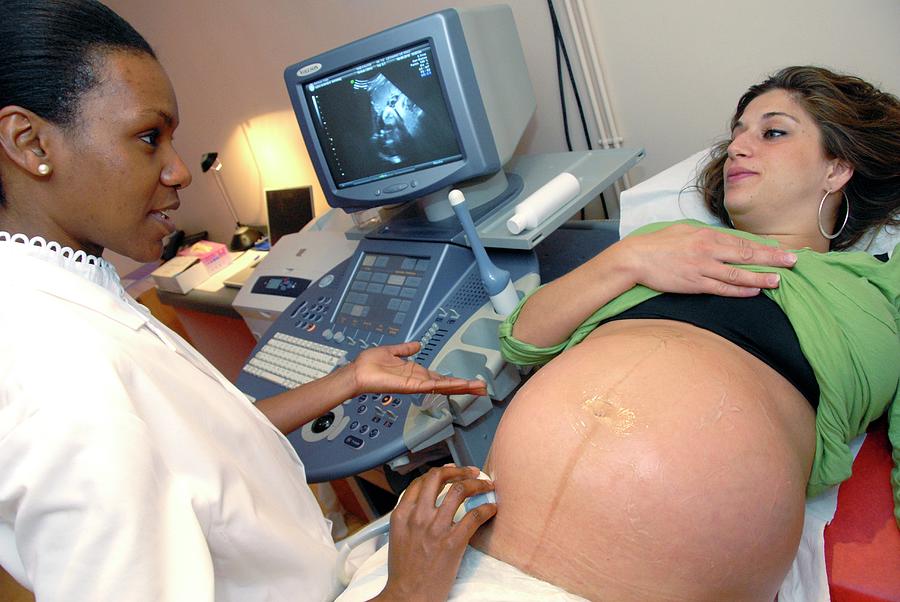
- The nurse removes the IV to slow down or stop contractions.
The healthcare providers may observe the patients for complications until the end of the contraction.
What are the risks of a CST?CSTs are usually safe. The most significant risk of the test is that it can cause women to go into early labour.
What do the results of a CST indicate?If the baby’s heart rate drops during contractions, it may be a sign of health issues. The doctor can recommend further testing. On some occasions, early delivery is the best option.
It is a good sign if the baby’s heart rate stays normal during the test.
A contraction stress test may reveal whether the heart rate of your baby slows down:
- Normal (negative) results shows that your baby’s heart rate does not stay slow after late deceleration’s (a contraction).
- Abnormal (positive) results reveal that your baby’s heart rate slows down and stays slow after a contraction.

When the test results are positive, the baby may be unable to tolerate the stress of labour contractions. The doctor can suggest additional tests, including another stress test after a couple of weeks. If women continue to have positive results, the doctor can offer delivery through a cesarean section.
ConclusionA CST records the baby’s heart rate during uterine contractions. The baby’s heart rate and oxygen supply are temporarily lower during contractions. Most babies can handle this temporary drop. However, if the baby’s heart rate stays low after the contraction, it could be a sign that the baby cannot take the stress of labour contractions. The doctor may recommend additional tests or a cesarean delivery when the women’s test results are positive.
Frequently Asked Questions (FAQs) How long does it take to perform a CST?Performing a CST often takes up to two hours.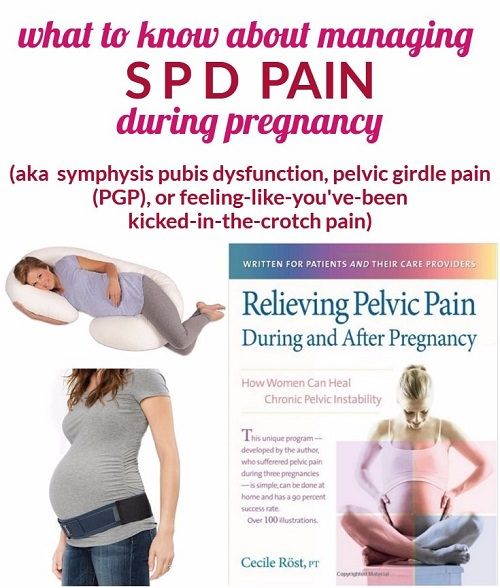
The doctors perform a non-stress test to monitor the baby’s heart rate without an external stressors. On the other hand, a CST measures the baby’s heart rate during the stress of uterine contractions.
When is a CST performed?The doctor usually performs this procedure on pregnant women at 34 weeks or above.
Who should not have a CST (contraction stress test)?Women who are pregnant with multiple babies (twins, triplets or more) may not be candidates for CST (contraction stress tests). If you are pregnant with multiples, this test is more likely to induce labour.
Nonstress and Contraction Stress Tests
- Home
-
Conditions
- Adult Health Library
- Pediatric Health Library
- Tests and Procedures
-
Health Centers
- Cancer
- Diabetes
- Heart Disease
- Obesity and Bariatric Center
- Orthopedics
- Pregnancy & Newborns
-
Drugs, Herbs & Supplements
- Herbs, Vitamins & Supplements
-
Nutrition & General Wellness
-
Healthy Recipes
- By Dietary Considerations
- By Food Category
- Nutrition Facts
- Wellness Library
-
Healthy Recipes
- News Center
-
Healthy Living
- Back and Neck Care
- Blood Pressure
- Cholesterol
- Fitness
- Mental Health
- Nutrition
- Smoking Cessation
- Stress Management
- Weight Management
-
Tools & Multimedia
- Calculators
- Risk Assessments
- Videos
- Quizzes
- Symptom Checker
A B C D E F G H I J K L M N O P Q R S T U V W X Y Z
Nonstress and Contraction Stress Tests
Nonstress tests and contraction stress tests (CST) are simple ways to check the well-being of your baby. The tests let your healthcare provider know if it's best to deliver your baby right away, or to wait.
The tests let your healthcare provider know if it's best to deliver your baby right away, or to wait.
Questions
Talk with your healthcare provider if you have questions about these procedures.
What to expect during your test
-
The tests are done at your healthcare provider's office or in the hospital. You lie down on your back or side in bed. Or you recline in a chair.
-
A fetal heart monitor is placed around your stomach. It's placed in the area where the baby’s heartbeat is the loudest. It's held in place by a belt or strap.
-
Another device is placed on your stomach. It measures contractions of your uterus. It's held in place by a second belt or strap.
Nonstress test
A nonstress test lets your healthcare provider monitor your baby’s heartbeat. If the heartbeat increases normally during the test, it means that your baby is likely getting enough oxygen and nutrients from your blood.
Contraction stress test (CST)
A CST tells your healthcare provider if your baby’s heartbeat is reacting normally during mild, labor-like contractions. This gives a preview of how well your baby will handle the stress of labor.
During CST
To trigger mild contractions in your uterus, your healthcare provider will give you an IV (intravenous) medicine. Oxytocin is almost always used.
Related Staywell Content
Craniosacral therapy during pregnancy and after childbirth
Alexander Ivanyushin KST for adults
CranioSacral Therapy is a unique treatment method that has no contraindications and is suitable for women during planning, childbearing and during the recovery period after childbirth.
Pregnancy is stressful for the female body, and in order for it to proceed easily, the body needs preparation.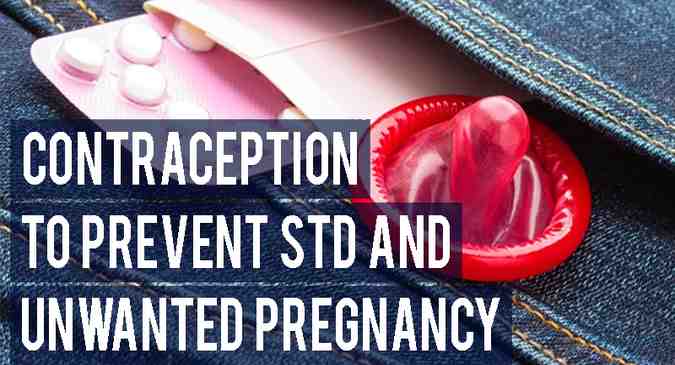 Pain in the sacrum, swelling, headache, digestive problems, pulling pains in the lower abdomen, weight gain is not a complete list of problems that accompany the period of pregnancy. The internal organs will shift to give place to the growing uterus, the center of gravity will shift, the natural curves of the spine will change their shape, muscles and joints will spasm, and the hormonal status will change. nine0010
Pain in the sacrum, swelling, headache, digestive problems, pulling pains in the lower abdomen, weight gain is not a complete list of problems that accompany the period of pregnancy. The internal organs will shift to give place to the growing uterus, the center of gravity will shift, the natural curves of the spine will change their shape, muscles and joints will spasm, and the hormonal status will change. nine0010
Craniosacral therapist will help you quickly and safely diagnose and correct the state of the body, balance the pelvic bones so that nothing interferes with the bearing of the baby. Gentle, safe osteopathic techniques will restore the mobility of spasmodic tissues. After the first procedures, dizziness, shortness of breath, heartburn, headache, heaviness and back pain will disappear, tension in the uterus will disappear.
Craniosacral therapy is also indispensable in the recovery of the female body after childbirth: prolapse of internal organs, hemorrhoids, varicose veins, arthrosis of the hip joints, diseases of the genitourinary system . .. all these consequences of childbirth can be corrected by an osteopath. Soft and safe osteopathic techniques are aimed at restoring the mobility of spasmodic tissues of the body, disturbed during childbirth. nine0010
.. all these consequences of childbirth can be corrected by an osteopath. Soft and safe osteopathic techniques are aimed at restoring the mobility of spasmodic tissues of the body, disturbed during childbirth. nine0010
Statistics show that women who turn to a craniosacral therapist during pregnancy planning endure this period much easier, and mother and baby are less likely to get injured during childbirth. In addition, osteopathic treatment has a beneficial effect on the possibility of natural conception.
BOOK AN APPOINTMENT
Like This:
Like Loading...
CST before and after childbirthCategories
- Video nine0030 Interesting
- KST for adults
- KST for children
- Personal stories
- Craniosacral Therapy Methods
- Exercise
CONTACT
Tel. +7 (911) 967-02-69
E-mail [email protected]
Register of craniosacral therapists
BOOK YOUR APPOINTMENT
Nizhnekamsk tel. 8 (855) 548-83-43
8 (855) 548-83-43
Kazan tel. 8 (843) 248-36-56
St. Petersburg tel. 8 (911) 9670269
Craniosacral rhythm: Consobean movements
Popular records and pages
- APECTER Institute: 10 Stage Tedical Protocol
- Lecture of the Chernigov "Language and Brain"
- Exercise "Crocodile" - corrects the congenital and acquired violations of the vertebral undergoing craniosacral therapy for children
- How do patients feel after a CST session
- Personal stories or CST in my life
- Projection zones of internal organs on the human body
- The science of craniosacral therapy
- Neurolinguist Tatyana Chernigovskaya: how the Internet affects our brain
- Craniosacral therapy for chronic pain: a systematic review and meta-analysis of randomized controlled studies
The human brain beats like a heart!
The human brain beats like a heart! The movement was captured on video for the first time, at the Stevens Institute of Technology research lab in New Jersey. The phenomenon is of great scientific importance: understanding how the brain moves and how it reacts to stimuli is especially useful for studying neurological diseases. nine0010
The phenomenon is of great scientific importance: understanding how the brain moves and how it reacts to stimuli is especially useful for studying neurological diseases. nine0010
Craniosacral system of the body
Craniosacral rhythm: movement of the bones of the skull
Tags
Arthrosis Back pain Video KST John Upledger Stories about KST CST for infants CST before and after childbirth How does a CST session work? Strabismus Clubfoot Craniosacral Therapy Brain dysfunction human brain flat feet Spine Problems of children under 5 years old Scoliosis The human body Craniosacral Therapy Techniques Exercises chronic pain cardiovascular diseases convulsions in a child
Follow us on FACEBOOK
Follow us on FACEBOOK
CranioSacral Therapy for Conception, Pregnancy and Childbirth, Upledger Institute
August 19 - 22, 2021 in Kyiv will be held an official seminar on the application of CranioSacral Therapy for Conception, Pregnancy and Childbirth from the Upledger Institute (USA).
The training in this workshop will help you work effectively with those planning a pregnancy, pregnant women and women in labor. nine0053
Teacher: Karin Quraishi, MSPT, CST-D.
Seminar duration 4 days .
Craniosacral Therapy allows you to gently but effectively affect all body systems, including the reproductive system. With great success, the techniques of craniosacral therapy help patients overcome many gynecological diseases, also help prepare expectant mothers for childbirth, improve the condition of many pathological conditions in pregnant women and the fetus. nine0010
nine0010
One of the main areas of application of CranioSacral Therapy is the release of the body from functional disorders, emotional and post-stress disorders.
The seminar program covers the following topics:
- The reproductive system and its anatomical features.
- Pathologies arising during pregnancy.
- Pregnancy management using CST techniques.
- Preparation of pregnant women for childbirth.
- Stages of fetal movement through the birth canal, features. nine0031
- Use of CST techniques in obstetrics.
- Use of CST during childbirth.
- Ways to solve complications arising from obstetrics.
Schedule of the seminar "Craniosacral Therapy for Conception, Pregnancy and Childbirth"
The course program uses the original developments of Dr. John Upledger, the effectiveness of which has been repeatedly confirmed in practice.
The use of craniosacral techniques during pregnancy makes it easier for patients to adapt the spine, joints, ligaments of the uterus and other internal organs to the requirements of a growing fetus, and allows you to remove some of the psychological stress that occurs during childbearing. nine0010
nine0010
Participants of the seminar will gain practical skills for diagnosing pathologies of pregnancy at an early stage, which allows avoiding a huge number of adverse consequences.
During childbirth, craniosacral therapy techniques eliminate the risk of most complications, and above all, weakness in labor.
With the use of craniosacral techniques, it is possible to achieve a reduction in the level of pain experienced by patients during delivery. This effect is achieved by harmonizing the activity of the craniosacral system and the nervous system of the expectant mother. nine0010
Suggested reading as a preliminary preparation for the seminar: D. Upledger's book "The Brain Is Born" (soon in our store).
The following are accepted for training: specialists who have been trained at the KST-1, KST-2 and Feasibility Study-1 seminars.
With a mild application, usually no more than 5 grams, Craniosacral Therapist can help to release the cranial bones, dura mater, normalize the distribution of cerebrospinal fluid and thus help restore the functions of the central nervous system. nine0010
nine0010
Craniosacral Therapy (CST) was developed through the research of osteopathic physician John Upledger during his tenure as a research assistant and professor of biomechanics from 1975 to 1983.
The Upledger Institute CranioSacral Therapy for Conception, Pregnancy and Childbirth is the original and is taught in many countries of the World!
Techniques and methods of CranioSacral Therapy developed by Dr. Upledger allow you to apply the acquired knowledge the very next day after the seminar. nine0010
Training at this seminar will be especially useful for osteopaths, neurologists, therapists, pediatricians, obstetricians, child psychologists.
Issued Documents : Official certificate from the Upledger Institute (USA), listed on the International Register of Health Care Practitioners >>> The International Assotiation of Healthcare Practitioners <<<. Information about the specialist is also duplicated in the register of the School "Rehabilitator" .
What will you personally get after the seminar? nine0053
- International Certificate of the Upledger Institute (recognized in more than 60 countries), which gives the right to use CranioSacral Therapy in their practice and obtain a license when working abroad.
- Entering your data into an internationally accessible on-line register.
- Competitive advantage - you will become one of the few specialists in Ukraine who own this method.
- Expanding the range of patients you can help with CranioSacral Therapy. nine0031
Registration for seminar is preliminary, the number of participants is limited!
Seminar price includes:
- coffee breaks
- detailed methodological manual in Russian with illustrations
- photos from the seminar in digital form.
Location : check with consultants.
YOU CAN SIGN UP FOR THE SEMINAR using the following contacts:
Tel.
 : 0 800 750 370 (free of charge from any Ukrainian number)
: 0 800 750 370 (free of charge from any Ukrainian number) +38(044)33-77-503 (for calls from abroad)
E-mail: [email protected]
or fill out the form at the bottom of this page.
➡ ➡ Please note:
professionals who are trained in this program are not eligible to teach in the field of CranioSacral Therapy . A student who violates this rule will be removed from the Upledger Institute/The International Assotiation of Healthcare Practitioners student roster. He will lose his eligibility for further education at the Upledger Institute and the School of Rehabilitation and may be sued for copyright infringement. nine0010
A student who has completed all the seminars of the main program (from CST-1 to Advance-2) can apply to the Upledger Institute, undergo additional training and only after passing the relevant exams become a teacher of Craniosacral Therapy.
Workshop Program Craniosacral Therapy in Pediatrics and other Upledger Institute workshops >>>
Upledger Institute Training Program:
Upledger Institute and Rehabilitation School state:
currently there are no specialists in Ukraine, Russia, Belarus and Kazakhstan
who have the right to teach CranioSacral Therapy and Body-Emotional Release techniques developed by the Upledger Institute
.
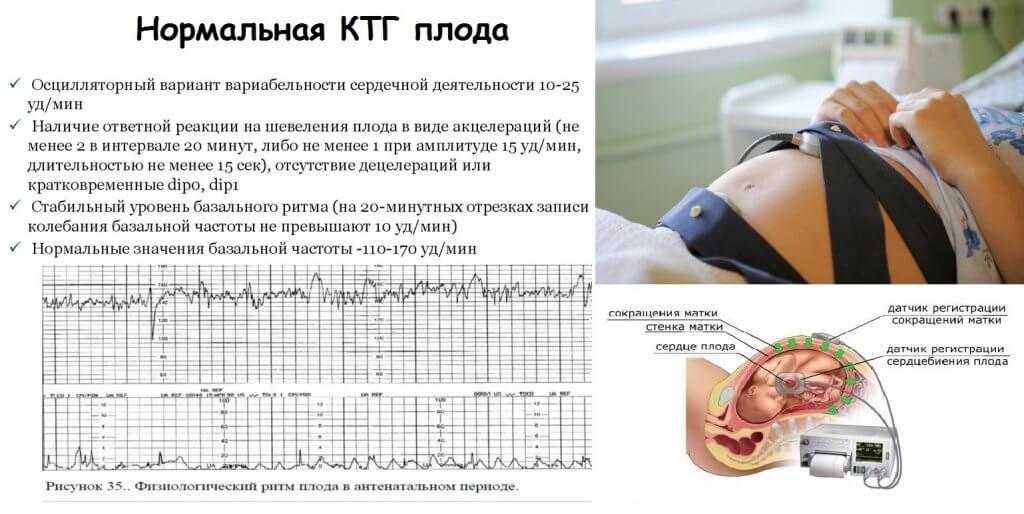
Authentic technologies are taught only by certified teachers
of the Upledger Institute from Europe and the USA.
Attend official seminars at the Rehabilitation School!
5 reasons why professionals choose the Upledger Institute (USA):
- Purity of knowledge. In this case, you get information and skills from the original source and the developers of the method.
- Professionalism of teachers. The teachers of the Upledger Institute worked hand in hand with the creator of the method, John Upledger. All instructors regularly undergo advanced training, take part in special trainings for teachers - in order to present the material to you even better! nine0030 Systematic training. Professionals who study Upledger CST from the first stage are eligible to receive training at subsequent seminars from the Upledger Institute, for example, body-emotional release , the use of craniosacral therapy in pediatrics, in obstetrics and gynecology, gerontology, reflexology, etc.







